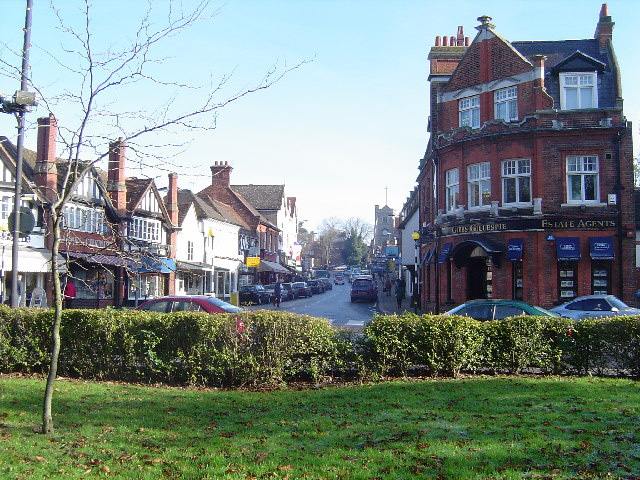Incorporating Fieldwork into Your History Curriculum

Please note: this guide is now over 10 years old.
Fieldwork might fit in to almost any British unit you study – is there a Stone Age burial, or Iron Age Hill fort nearby to investigate? A Roman villa or Viking settlement? Can place names tell us about the local area? At Key Stage One the area around the school is a fertile topic to investigate – how long has this been here? When was it built? Did my mum shop there?
At Key Stage 2 visits to local museums can serve the same purpose of learning outside the classroom, keeping up the enquiry approach. Don't forget aerial photographs and old maps as a stimulus to get out and explore the area around the school as a starting point for a local study – it doesn't have to be documents or buildings. Old photographs can be useful too as a start point – go and see the similarities and differences today. Don't forget Trade Directories and Census materials as a starting point also. There are plenty of websites offering limited search information from census records free of charge. Read these then go and see – it's a great motivator.
And of course talking to local people, visiting the church or chapel, or similar building nearby can provoke all kinds of learning for young children.

